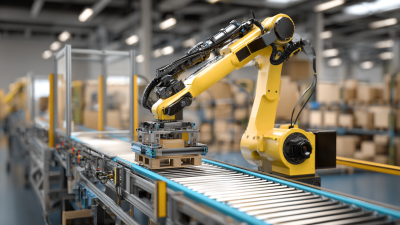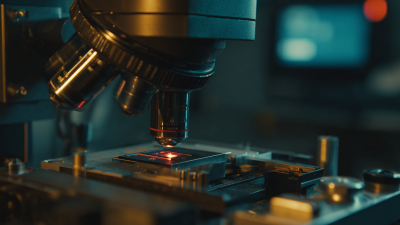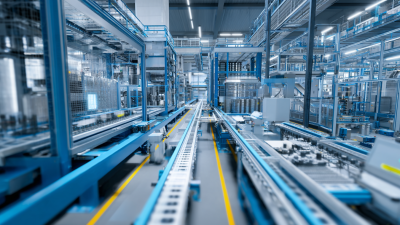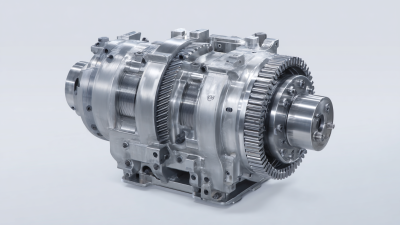Revolutionizing Production: The Future of Filling Equipment in Modern Manufacturing
The landscape of modern manufacturing is undergoing a transformative shift, particularly in the realm of filling equipment, where technology and innovation are redefining operational efficiency. As industries grapple with increasing consumer demands and the need for precision, the global filling equipment market is projected to reach $4.8 billion by 2026, growing at a CAGR of 5.4% from 2021 to 2026 (Mordor Intelligence, 2021). This growth is driven by the rising adoption of automated systems, which not only enhance speed but also reduce human error, thus ensuring product consistency.
Additionally, the integration of smart technologies such as IoT and AI in filling machinery is revolutionizing processes, offering real-time data analytics and predictive maintenance that further streamline production. Embracing these advancements in filling equipment will be crucial for manufacturers aiming to stay competitive in an ever-evolving market landscape.
Emerging Technologies in Filling Equipment: A Digital Transformation
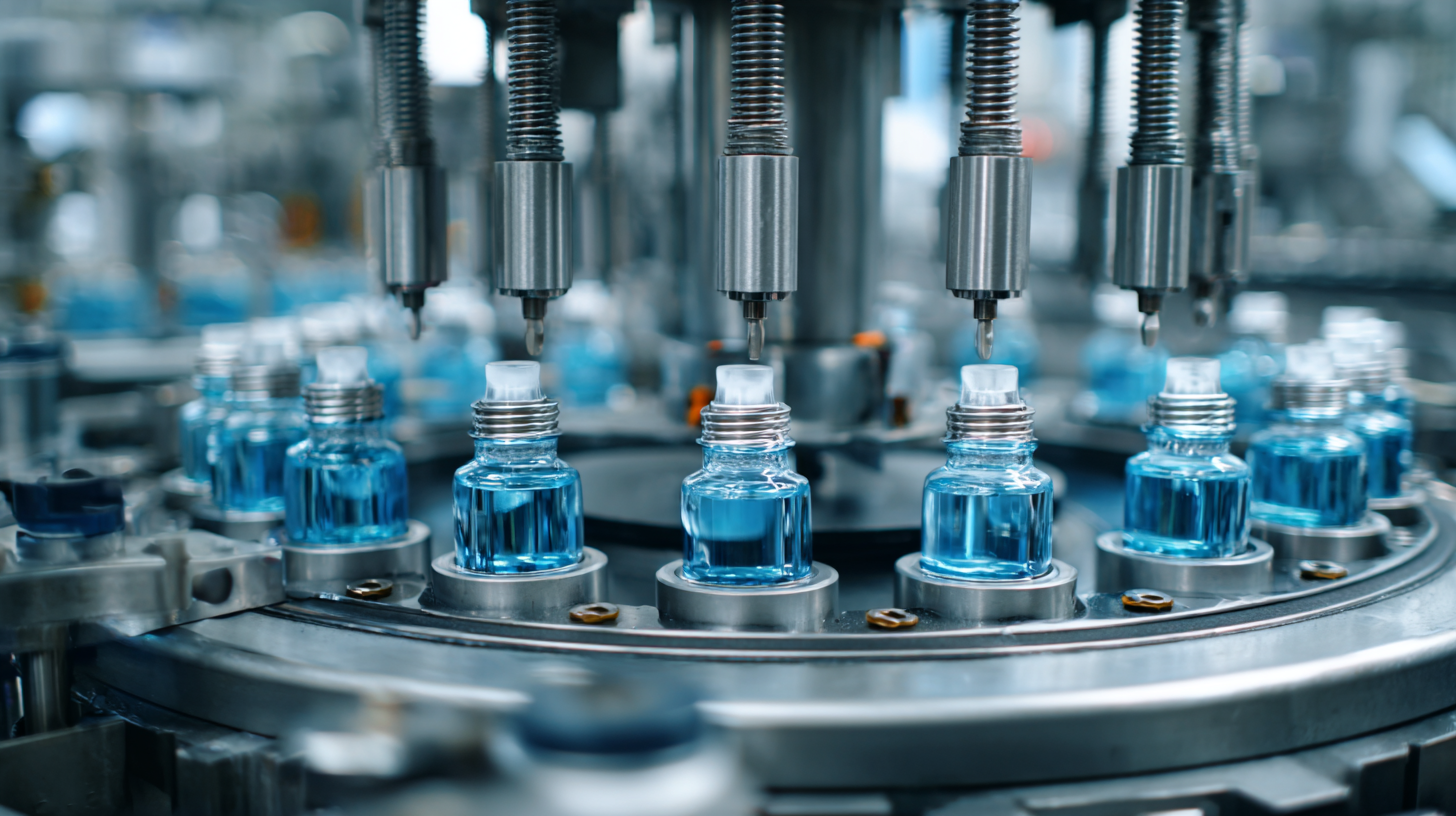 The future of filling equipment in modern manufacturing is increasingly shaped by emerging technologies that drive digital transformation. Automation and the Internet of Things (IoT) are at the forefront of this revolution, enabling manufacturers to streamline operations and enhance efficiency. Smart filling systems equipped with sensors collect real-time data, allowing for predictive maintenance and minimizing downtime. This integration of technology not only boosts productivity but also improves the accuracy and consistency of the filling process, resulting in higher quality products.
The future of filling equipment in modern manufacturing is increasingly shaped by emerging technologies that drive digital transformation. Automation and the Internet of Things (IoT) are at the forefront of this revolution, enabling manufacturers to streamline operations and enhance efficiency. Smart filling systems equipped with sensors collect real-time data, allowing for predictive maintenance and minimizing downtime. This integration of technology not only boosts productivity but also improves the accuracy and consistency of the filling process, resulting in higher quality products.
Moreover, the advent of artificial intelligence (AI) plays a pivotal role in optimizing production lines. AI algorithms analyze vast amounts of data to identify patterns and anomalies, leading to actionable insights that refine operational workflows. Additionally, machine learning can adapt to varying production demands, enabling manufacturers to scale their processes dynamically. As companies embrace these digital tools, the landscape of filling equipment continues to evolve, fostering a more agile and responsive manufacturing environment that meets the challenges of today's market.
Maximizing Efficiency: The Role of Automation in Modern Filling Lines
The future of filling equipment in modern manufacturing is increasingly shaped by intelligent automation, which plays a pivotal role in maximizing efficiency. By integrating artificial intelligence and robotic process automation, organizations can significantly boost productivity while minimizing the risk of errors. This synergy allows filling lines to operate more smoothly, resulting in heightened customer satisfaction and streamlined production processes.
Recent advances in liquid filling machines underscore this trend, showcasing versatility and simplicity in changeovers. These machines are designed to optimize output, addressing the growing demand for high-quality products without compromise. Furthermore, automation is also transforming packaging processes across various sectors, emphasizing the necessity for automated solutions at crucial stages of production. From craft beer packaging to beverage filling, the ongoing evolution in automation technology is clearly set to revolutionize the manufacturing landscape.
Revolutionizing Production: The Future of Filling Equipment in Modern Manufacturing - Maximizing Efficiency: The Role of Automation in Modern Filling Lines
| Filling Equipment Type |
Automation Level |
Production Capacity (units/hour) |
Efficiency (%) |
Typical Industries |
| Volumetric Fillers |
High |
750 |
92 |
Beverages, Juices |
| Piston Fillers |
Medium |
500 |
88 |
Cosmetics, Creams |
| Gravity Fillers |
Low |
300 |
80 |
Oils, Sauces |
| Pump Fillers |
High |
600 |
90 |
Food Processing, Chemicals |
| Aseptic Fillers |
Very High |
400 |
95 |
Dairy, Pharmaceuticals |
Sustainability Trends in Filling Equipment: Reducing Waste and Energy Use
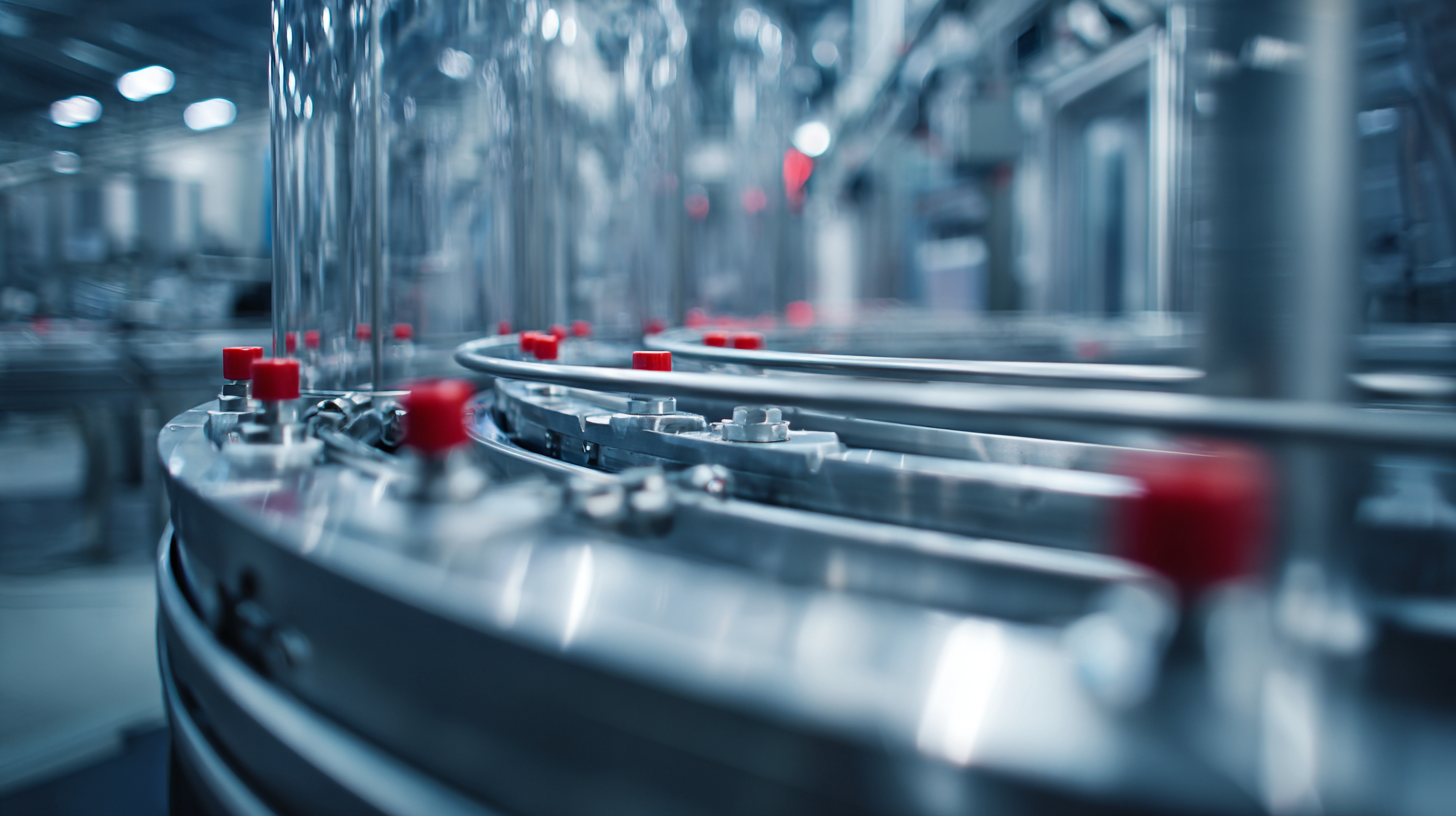 Sustainability has become a crucial consideration in the production and packaging sectors, particularly with filling equipment in modern manufacturing. As economic pressures mount, brands are compelled to balance cost efficiencies with sustainable practices. Recent trends highlight a significant shift towards eco-friendly packaging solutions that minimize environmental impact. For instance, the sustainable pharmaceutical packaging market is projected to reach USD 92 billion by 2024, indicating a strong consumer demand for products that prioritize sustainability.
Sustainability has become a crucial consideration in the production and packaging sectors, particularly with filling equipment in modern manufacturing. As economic pressures mount, brands are compelled to balance cost efficiencies with sustainable practices. Recent trends highlight a significant shift towards eco-friendly packaging solutions that minimize environmental impact. For instance, the sustainable pharmaceutical packaging market is projected to reach USD 92 billion by 2024, indicating a strong consumer demand for products that prioritize sustainability.
Tips: Embrace innovative materials in filling equipment design to enhance sustainability. Look for biodegradable or recyclable options to reduce waste. Additionally, consider integrating energy-efficient technologies in production processes, which can significantly lower energy consumption and operational costs.
Moreover, green packaging is no longer just a trend but an essential component of a brand's identity. Strategies that prioritize waste reduction and resource conservation are imperative in the current landscape. Equipment manufacturers should also focus on creating solutions that accommodate sustainable practices, ensuring that they meet both regulatory standards and consumer expectations.
Tips: Engage in continuous improvement by exploring circular economy principles in your filling equipment processes. This not only enhances sustainability but can also open new market opportunities as consumers increasingly favor brands that showcase a commitment to eco-friendly practices.
Integrating IoT for Real-Time Monitoring in Filling Operations
The integration of Internet of Things (IoT) technology into filling operations is poised to revolutionize the manufacturing landscape. By enabling real-time monitoring, IoT devices facilitate the collection and analysis of crucial data, leading to enhanced operational efficiency. According to a recent report by Grand View Research, the global IoT in manufacturing market is projected to reach $300 billion by 2025, highlighting the growing importance of smart technology in optimizing production processes. Manufacturers adopting IoT-enabled filling equipment can expect to reduce downtime by up to 20% and improve product consistency, ultimately resulting in significant cost savings.
To maximize the benefits of IoT in filling operations, consider implementing smart sensors that provide real-time feedback on machine performance. This allows for immediate adjustments and predictive maintenance, preventing potential failures before they occur. Furthermore, utilize cloud-based platforms for data analysis and visualization, enabling teams to make informed decisions quickly.
It's also essential to ensure proper training for employees on new technologies. Developing a culture of continuous learning and adaptation will empower staff to leverage IoT applications effectively, thereby unlocking greater potential in production efficiency. Embracing these innovations not only positions a company at the forefront of modern manufacturing but also fosters resilience in an increasingly competitive market.
Future-Proofing Production: Adapting Filling Equipment to Market Demands
In the rapidly evolving landscape of modern manufacturing, future-proofing production is more critical than ever. The pressures of globalization, changing consumer preferences, and technological advancements necessitate that filling equipment adapts to meet these dynamic market demands. As industries grapple with complexities, such as those observed in the fill-finish processes of pharmaceuticals, the importance of innovative and flexible filling solutions cannot be overstated. Experts suggest that successful adaptation is not merely a response to current needs but a proactive strategy to align with future operational complexities.
Furthermore, industries across the board are integrating sustainability and efficiency into their supply chains. For instance, investments in advanced technologies and practices, such as AI and green energy initiatives, are becoming essential. These measures not only enhance output and reduce waste but also ensure that manufacturing systems remain resilient amidst disruptions. As the pharmaceutical packaging equipment market is projected to grow significantly over the next decade, stakeholders are encouraged to embrace new technologies and sustainable practices, reinforcing the need for future-ready filling solutions that can pivot with market shifts.
Revolutionizing Production: The Future of Filling Equipment in Modern Manufacturing
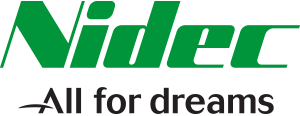
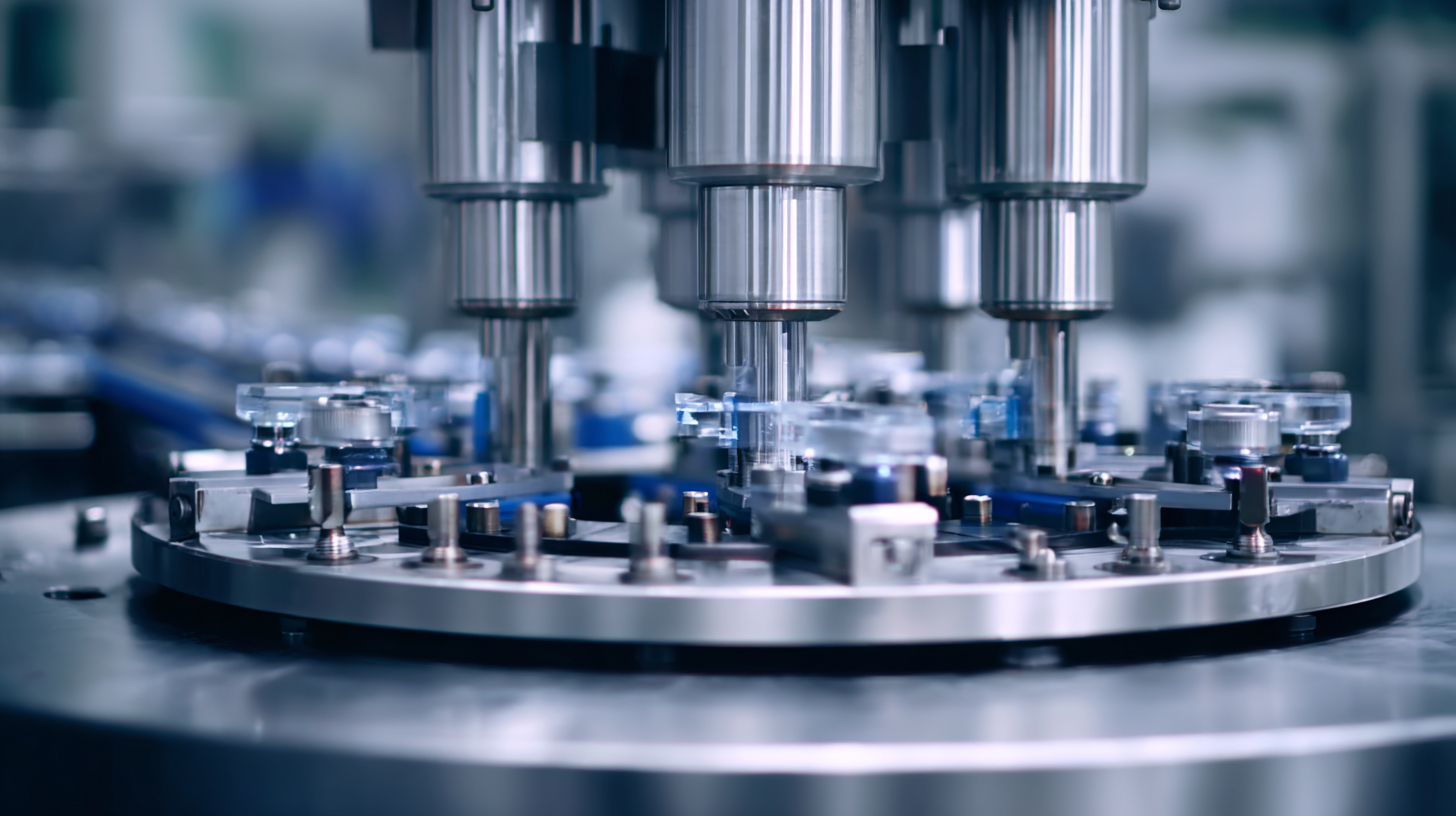
 The future of filling equipment in modern manufacturing is increasingly shaped by emerging technologies that drive digital transformation. Automation and the Internet of Things (IoT) are at the forefront of this revolution, enabling manufacturers to streamline operations and enhance efficiency. Smart filling systems equipped with sensors collect real-time data, allowing for
The future of filling equipment in modern manufacturing is increasingly shaped by emerging technologies that drive digital transformation. Automation and the Internet of Things (IoT) are at the forefront of this revolution, enabling manufacturers to streamline operations and enhance efficiency. Smart filling systems equipped with sensors collect real-time data, allowing for  Sustainability has become a crucial consideration in the production and packaging sectors, particularly with filling equipment in modern manufacturing. As economic pressures mount, brands are compelled to balance cost efficiencies with sustainable practices. Recent trends highlight a significant shift towards
Sustainability has become a crucial consideration in the production and packaging sectors, particularly with filling equipment in modern manufacturing. As economic pressures mount, brands are compelled to balance cost efficiencies with sustainable practices. Recent trends highlight a significant shift towards 